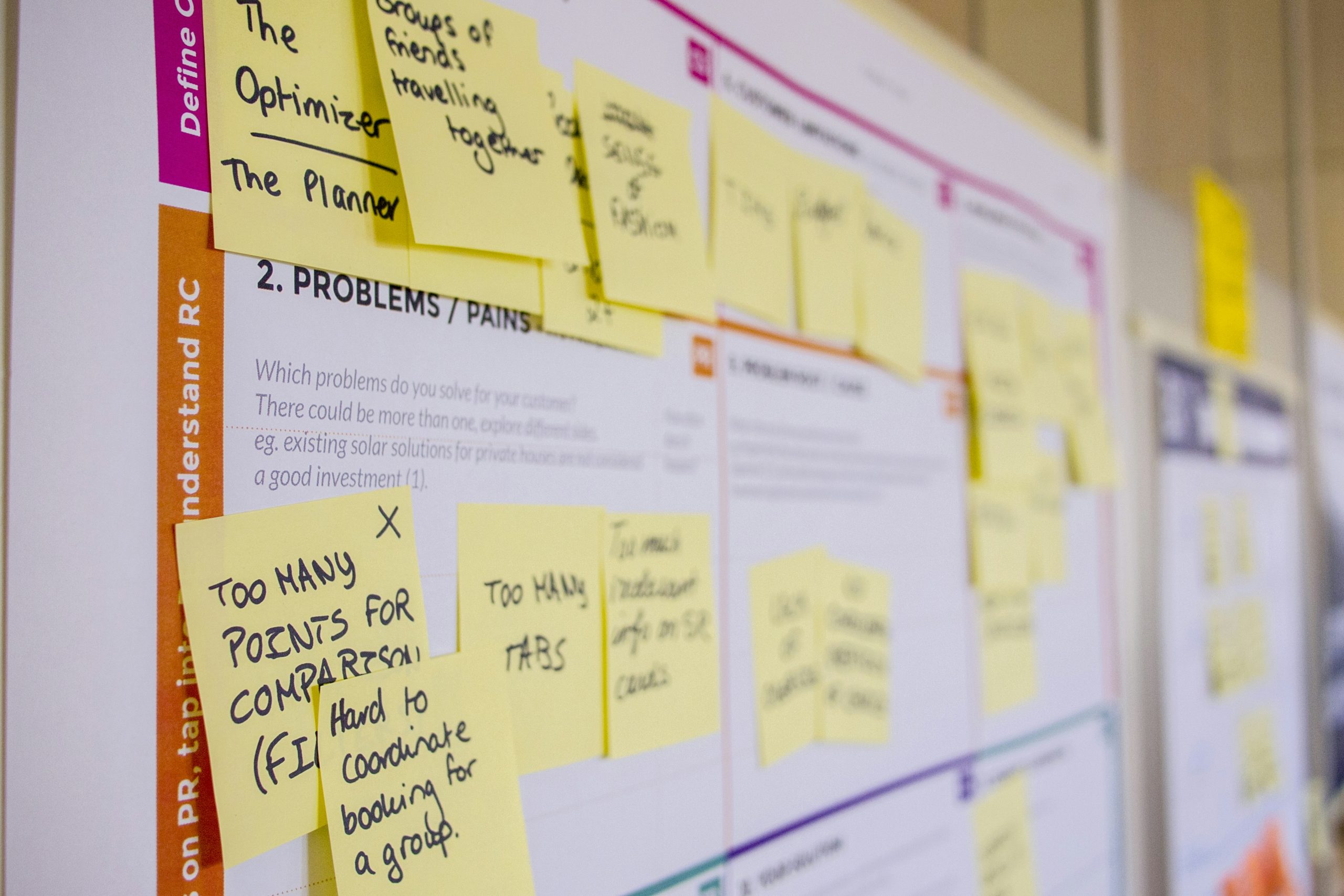A deep dive into the importance of organisational change management and how to overcome resistance to new processes or technologies.
The Importance of Adaptability
Charles Darwin, often misquoted as saying “survival of the fittest,” actually stated:
“It is not the strongest of the species that survives, not the most intelligent that survives. It is the one that is the most adaptable to change.”
This quote highlights the necessity of adaptability—not just in nature, but in business and personal growth. Organisations that embrace change rather than fight it succeed in a constantly changing world. However, change may be incredibly unpleasant for all of us. It forces people and organisations out of their comfort zones, places them in the ‘stretch zone’ where their abilities are tested, and, if not handled properly, can lead to stress and resistance to change. True growth, on the other hand, occurs precisely in these challenging circumstances.
Understanding Resistance to Change
Resistance to change is natural. We all fear the unknown, worry about our ability to adapt, and even feel out of control. If not addressed, this resistance might delay or even halt progress. Change fatigue, which occurs when employees grow weary due to continuous transitions, can have a major influence on morale and productivity. Recognising these issues and effectively handling them is critical to a smooth transition.
Strategies for Effective Change Management
A structured approach is required for successful change management. Here are five main strategies:
1. Create a clear vision and objectives.
Clearly identify the purpose of the change and set attainable targets. A clear vision unifies the organisation and offers direction.
2. Communicate transparently.
Open and honest communication promotes trust. Keeping staff informed at all stages eliminates uncertainty and develops a culture of transparency.
3. Involve employees in the process.
People should actively participate in change rather than waiting for it to happen to them. Employee involvement in planning and decision-making enhances buy-in while decreasing resistance.
4. Provide training and support.
Provide your staff with the required skills and expertise to adapt to new processes. Ongoing training and support help to boost confidence and ease the transition.
5. Monitor progress and adapt.
Change is a continuous process rather than a single occurrence. Assess the implementation on a regular basis, collect feedback, and be ready to make changes as needed. Flexibility enables the organisation to adjust to unforeseen circumstances.

